College basketball needs a plan... Now
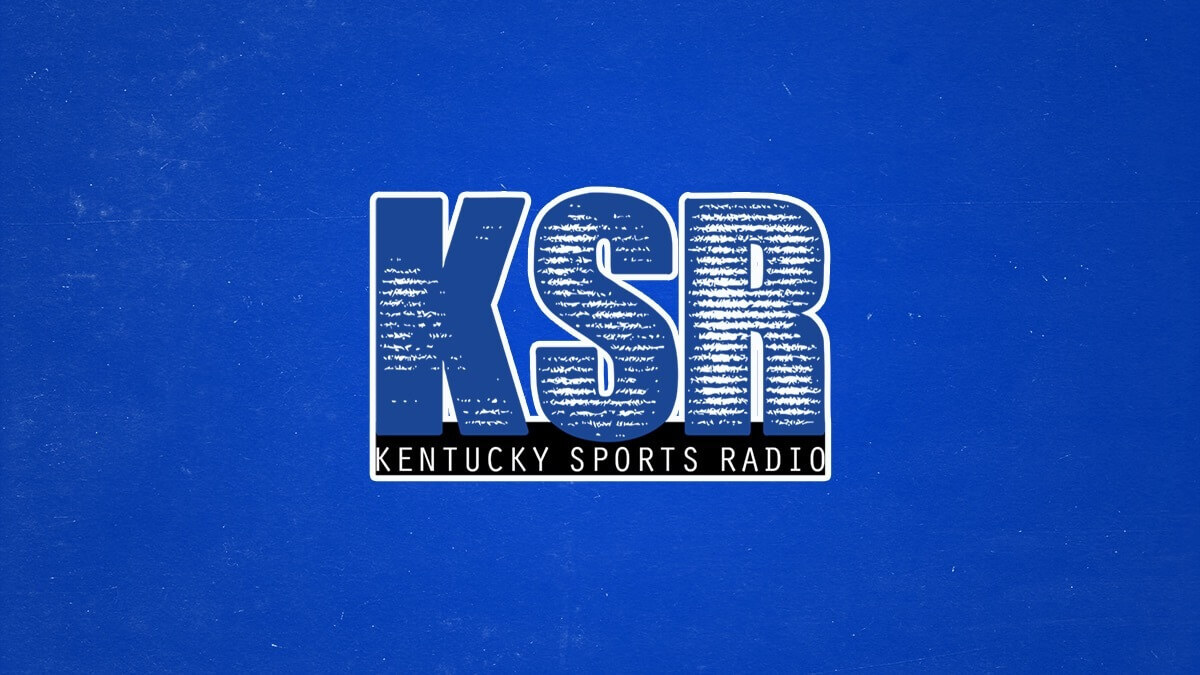
 Back in March -- a phrase I've said more times than I'd like to count in recent weeks -- most of us didn't (couldn't) grasp the effect the coronavirus would still have nearly six months later. For as much as we've all muttered the word "unprecedented" in the past few months, it was still impossible to conceptualize how many facets of our everyday lives would be uprooted by this disease. Alas, we're into mid-August now, and the virus is still, for the most part, in control. Regardless of your personal beliefs, it's clear the coronavirus is still running the show.
Back in March, we were devastated when the SEC Tournament quickly shuffled through headlines: first, no fans; then, no basketball at all. The NCAA tournament wasn't far behind. It was simply moving too fast to feel real. At that time, I was still attending my in-person classes and preparing for graduation at the University of Kentucky; I still had a spring break trip to Mexico booked for the following week. When the SEC Tournament came into question, other questions came to my mind. Should I opt to take this midterm exam online? Should I cancel my upcoming trip to Mexico I've worked hard to afford? In the end, I did both out of an abundance of caution and my general but growing feeling of uncertainty toward the future and what it might hold.
Back in March, we were truly living one day at a time. Will the SEC Tournament survive today? Will the NCAA Tournament survive tomorrow? Will I be watching all of this go down from Mexico? Eventually, we got our answers.
No. No. And no.
https://twitter.com/MaggieDavisKSR/status/1237915550665322496?s=20
https://twitter.com/MaggieDavisKSR/status/1237916648750882817
Back in March, we didn't have the answers. For many questions, we still don't. But in terms of the bare minimum, we are beginning to understand what's going to be necessary if we expect sports to continue in 2020 and, let's be real, probably even into 2021. In America, the NWSL figured it out first. Soon after, the NBA followed suit. Sure, it's required a lot of money -- regular tests for team personnel coupled with an unending supply hand sanitizer, Clorox wipes and face masks hasn't been cheap.
But these leagues didn't simply throw money (in the NBA's case, reportedly 180-million-dollars worth of money) at the problem. Creating a safe environment also required planning. Like most major accomplishments in the sports world, it required teamwork. It required creativity (hey -- why don't we do this in Disney World?), it required a certain expectation of flexibility and a sense of humanity. Last but not least, it required a little bit of elbow grease.
And then it worked. Today there were once again zero confirmed cases of coronavirus inside the NBA's Orlando bubble. It barely made the news because it's happened so many times already. This was the fourth consecutive week without a positive test.
Speaking broadly, the logistics had to have been a nightmare. League commissioner Adam Silver and an enormous staff ironed out the details anyway. It wasn't a quick process, either.
Back in March -- a phrase I've said more times than I'd like to count in recent weeks -- most of us didn't (couldn't) grasp the effect the coronavirus would still have nearly six months later. For as much as we've all muttered the word "unprecedented" in the past few months, it was still impossible to conceptualize how many facets of our everyday lives would be uprooted by this disease. Alas, we're into mid-August now, and the virus is still, for the most part, in control. Regardless of your personal beliefs, it's clear the coronavirus is still running the show.
Back in March, we were devastated when the SEC Tournament quickly shuffled through headlines: first, no fans; then, no basketball at all. The NCAA tournament wasn't far behind. It was simply moving too fast to feel real. At that time, I was still attending my in-person classes and preparing for graduation at the University of Kentucky; I still had a spring break trip to Mexico booked for the following week. When the SEC Tournament came into question, other questions came to my mind. Should I opt to take this midterm exam online? Should I cancel my upcoming trip to Mexico I've worked hard to afford? In the end, I did both out of an abundance of caution and my general but growing feeling of uncertainty toward the future and what it might hold.
Back in March, we were truly living one day at a time. Will the SEC Tournament survive today? Will the NCAA Tournament survive tomorrow? Will I be watching all of this go down from Mexico? Eventually, we got our answers.
No. No. And no.
https://twitter.com/MaggieDavisKSR/status/1237915550665322496?s=20
https://twitter.com/MaggieDavisKSR/status/1237916648750882817
Back in March, we didn't have the answers. For many questions, we still don't. But in terms of the bare minimum, we are beginning to understand what's going to be necessary if we expect sports to continue in 2020 and, let's be real, probably even into 2021. In America, the NWSL figured it out first. Soon after, the NBA followed suit. Sure, it's required a lot of money -- regular tests for team personnel coupled with an unending supply hand sanitizer, Clorox wipes and face masks hasn't been cheap.
But these leagues didn't simply throw money (in the NBA's case, reportedly 180-million-dollars worth of money) at the problem. Creating a safe environment also required planning. Like most major accomplishments in the sports world, it required teamwork. It required creativity (hey -- why don't we do this in Disney World?), it required a certain expectation of flexibility and a sense of humanity. Last but not least, it required a little bit of elbow grease.
And then it worked. Today there were once again zero confirmed cases of coronavirus inside the NBA's Orlando bubble. It barely made the news because it's happened so many times already. This was the fourth consecutive week without a positive test.
Speaking broadly, the logistics had to have been a nightmare. League commissioner Adam Silver and an enormous staff ironed out the details anyway. It wasn't a quick process, either.
The NBA Board of Governors initially approved resuming the season on June 4. The NBAPA approved negotiations with the league on June 5. By June 16, the medical protocols had been outlined and approved. We mocked the 113-page rulebook (no doubles ping pong! A tip line for the bubble's rule-breakers and snitches!), but the details were all there. The NBA had done what was considered unthinkable "back in March" -- they'd answered the questions.
College football? Not so much. Of course it's different with amateur athletes. Of course it's different with 100-player teams vs. 17-player teams. But what isn't different is what's generally required -- money, yes, but also the time, effort and teamwork other leagues have showcased. That's harder with college sports, especially when the NCAA has basically buried its head in the sand for the past several days -- has anyone seen Mark Emmert, by the way? Regardless, college football's fate feels rushed. One day, leagues are announcing their schedules for the upcoming, conference-only season. Just days later, the whole season is in peril for multiple conferences? The Big Ten maintained their first game of the season would be played on Sept. 5 (and not Sept. 26, like the SEC), until they officially called the whole thing off on Aug. 11. It feels uncoordinated. The Power Five suddenly became the Power Three. Reports of votes coming from inside a conference's "emergency meeting" were leaked to the media, followed by a denial that there was even a vote to begin with. SEC commissioner Greg Sankey is insisting one conference's decision won't affect the SEC's ultimate fate. Wait just a second -- aren't they playing the same sport under relatively-comparable situations? Head coaches started speaking out against their own university's presidents, and schools like Nebraska are threatening to leave their conference all together because the Big Ten... Well, this basically captures it: https://twitter.com/TexAgs/status/1292860949607657473 It's one thing to prepare to write a big check. My guess is, they're working on that part. But college basketball and the forces behind it have to think past that. They have to learn the lessons of a chaotic college football season. Or, at least, a chaotic college football pre season -- if that's what we're calling this time period. Will college basketball use one big bubble? Several smaller bubbles? Will these college students -- these 17-22 year olds -- be allowed to see their parents and families at all? Will the families join them in their respective bubbles, like the NBA has just agreed on, or will the players be able to leave campus and visit their hometowns? Will the first game be postponed? Still, further. Will the sport allow a players' association? Wait, what's the difference between a players' association and a union? Will the players be compensated for their time and sacrifices inside the bubble? Can they at least (finally) make money off of their own image and likeness? How will the NCAA react when presented with a list of demands? Is it prepared to speak on social issues or racial inequality? Is it prepared to at least allow the players to do so? Is all of this only for men's basketball programs? Is that even allowed? Oh, right -- how will these players go to class? These are some of the many questions the NCAA, conference commissioners and university presidents should be thinking about now -- not in October. Maybe they should include head coaches and players in these discussions, too, rather than waiting for a massive and somewhat messy #WeWantToPlay campaign sprawled across social media. Kentucky's Athletic Director Mitch Barnhart says "we're going to find a way to play a championship," but we've seen how fast things can change. At this point, there's no reason to sit around and hope the virus miraculously goes away just in time for the previously-scheduled start of the season. At this point, it's naive and blissfully ignorant to think we won't need to take the necessary precautions come basketball season. It's not "back in March" anymore. We don't have the time.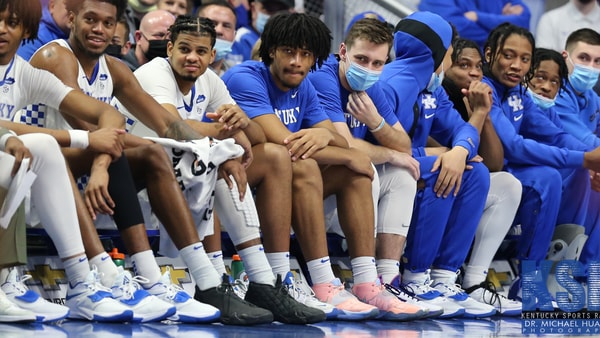
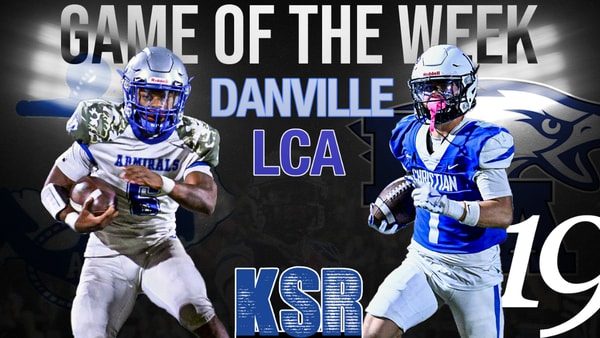
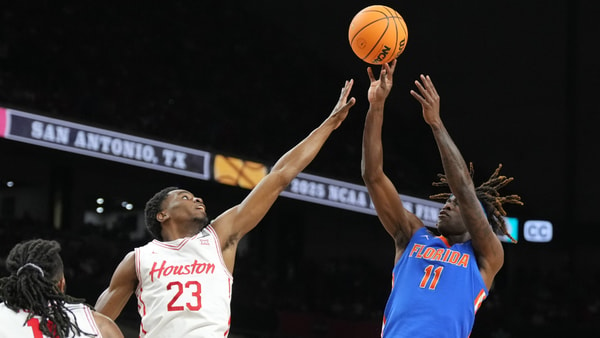
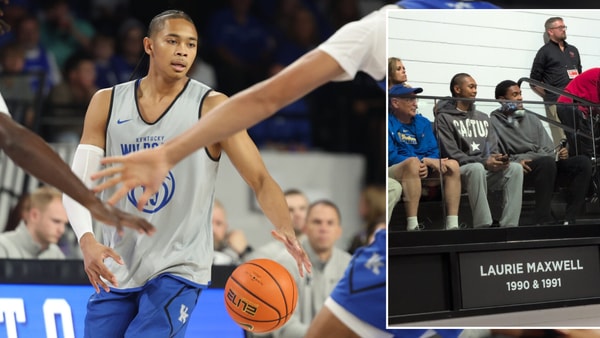
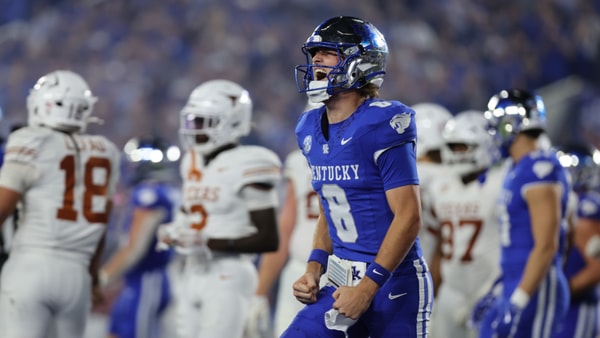
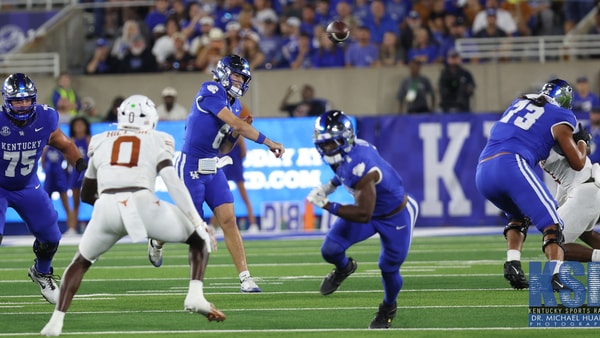
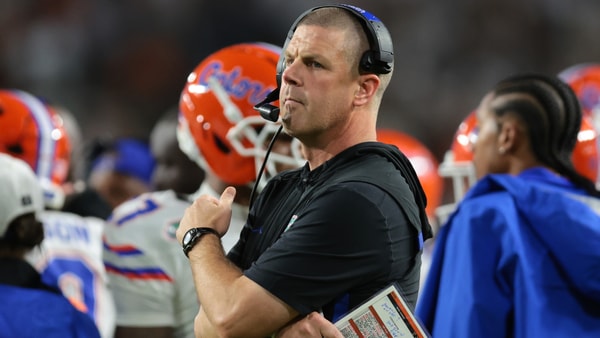
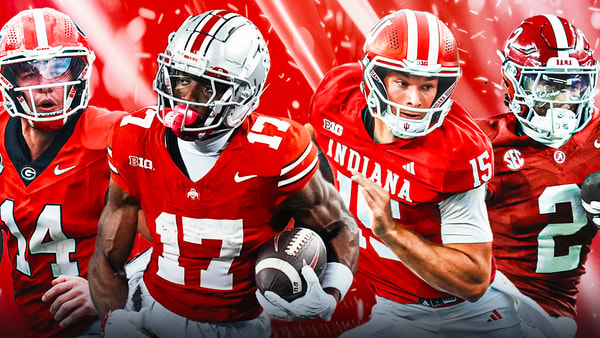
Discuss This Article
Comments have moved.
Join the conversation and talk about this article and all things Kentucky Sports in the new KSR Message Board.
KSBoard